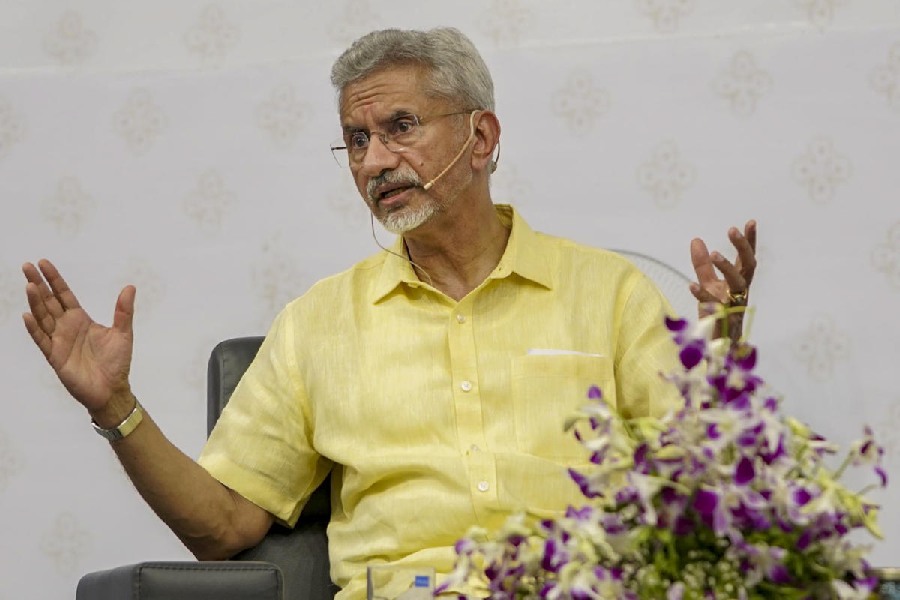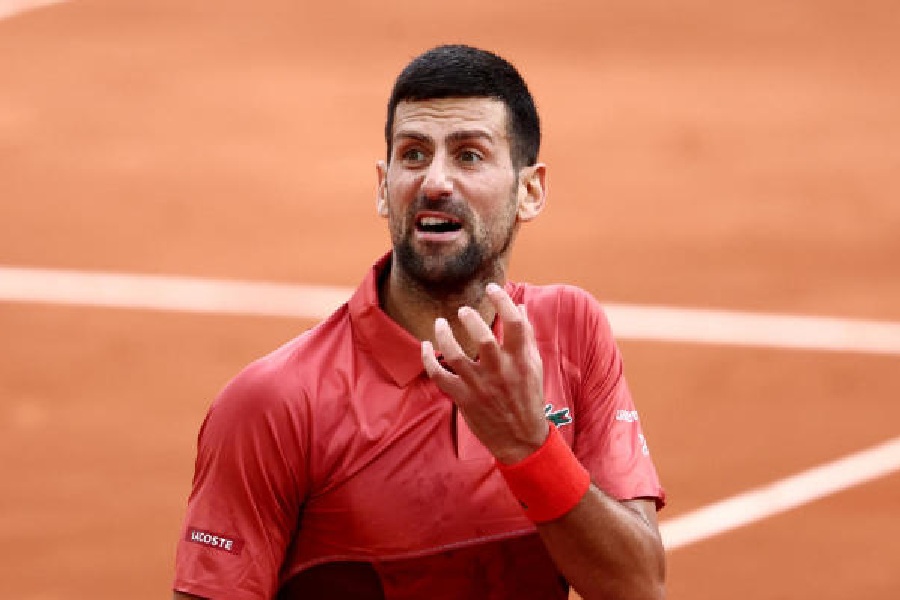|
|
| Flick from the past |
As a student in Delhi, thirty years ago, I was an admirer of the classical singer Kishori Amonkar. I would go to her concerts, buy her cassettes, and record her programmes on the radio. For years on end, my favourite cassette was an All India Radio National Programme that contained exquisite renderings by Kishori of the ragas Rageshwari and Hamsadhvani.
It must be two decades since I attended a live concert by Kishori, and that precious cassette got lost in my move from Delhi to Bangalore. On a recent visit to a music store, I seized with delight on a recording by her of Hamsadhvani. I heard it at home the same evening. It was a crashing disappointment. The voice had lost its resonant timbre; it could still hold a note, but not really make it dip or soar. On scrutinizing the CD I discovered that it had been recorded in 2006. I also discovered that Kishori was now seventy-five years of age.
Age had withered Kishori’s charms and, as we Indians are now finding out all the time, the charms of her great fellow Maharashtrian, Sachin Ramesh Tendulkar. Watching him bat against Bangladesh was a not altogether pleasant experience — less pleasant than hearing Kishori sing, since the decline was conveyed to us visually, rather than aurally. True, Sachin could still bat, and still score hundreds. But that he took 200 balls to get to his century after coming in on a placid pitch with India at 281 for none, and that he hit only seven boundaries, and that this was against Bangladesh, told us more, much more, than we needed to know.
In the history of cricket, other great batsmen have changed their style as they got older. John Berry Hobbs was a different player before and after World War I; Leonard Hutton a different player before and after the World War II. Hobbs cut out the cut shot as his reflexes began to dim; Hutton chose to eschew the hook. In their youth, both sought to dominate the bowling from start to finish; in their maturity, to focus rather on building and nurturing an innings.
I know of Hobbs and Hutton only at second hand, but two batsmen I saw decline before my own eyes were Vivian Richards and G.R. Viswanath. Viv, being a West Indian, simply would not recognize the advance of Anno Domini. So he continued to play as before, unfurling his strokes with a carefree abandon. But whereas he once had the reflexes and agility and power to hit every bad ball and some good balls for four, now he was prone to error. However, he would not adapt. He would still want to score two boundaries an over. When he was in his pomp, he could keep going, and going; but now, with the eyes no longer so sure and the limbs no longer so supple, he would mistime a stroke or misjudge a ball’s length and be caught. Between 1975 and 1985 one could count on Richards scoring centuries with a certain regularity. But in the last years of his career, circa 1988 to 1992, what we got instead were cameos of thirty or forty.
Gundappa Viswanath was smarter than Richards. Once, he danced down the wicket to drive an off-spinner wide of mid-on; or, standing on tip-toe, forced a fast bowler past cover’s left hand. But as he grew older, and fatter, and slower, he put away those more exciting (and also more hazardous) strokes. He now got his runs through his trademark square cut (usually played behind square) and the leg-side placement. No longer would he leave the crease to the spin bowler; no longer would he meet the fast bowler on the rise. A dashing stroke player had become an accumulator. The contrast was most visible in two innings he played in Tests in Madras: the 97 not out he stroked against the West Indies in January 1975; and the double hundred he grafted against England seven years later. The first knock is still remembered by those who saw it; the second was forgotten within weeks of its occurrence.
The exception to this general rule was Viswanath’s brother-in-law and fellow batting genius, Sunil Gavaskar. As he grew older, his range of strokes actually expanded — in part because of the demands of the one-day game. In the first part of his career, he only drove along the ground; now, he was to be seen lifting spinners and even medium-pacers over mid-on. Like Hutton, Gavaskar had put away the hook shot; but when confronted with the West Indian pacemen of the Eighties, he brought it back, to good effect. One reason that Gavaskar could innovate as he did was that he had a superbly organized batting technique. His footwork and balance were immaculate. Since he was already perfectly in position, it was easy for him to go from stroking the ball along the carpet to elevating it beyond the field. Besides, unlike Vishy and Viv, Gavaskar took good care of his constitution. His reflexes did not decline as quickly; with his technique being what it was, he could go on playing his shots to the very end of his career.
Like Vishy, Sachin has a tendency to put on weight; and he has a back problem to boot. As he has grown stiffer and slower, he has changed his game. He almost never goes down the wicket to slow bowlers nowadays; instead, he chooses to work them for ones and twos behind the wicket. Once a ferocious hooker and puller, he now prefers to get under every short ball sent down by bowlers fast, fast-medium, and medium. In his heyday, his most thrilling — and effective — shots were hit on the rise, straight back along the ground, or between cover and extra cover. The faster the bowler, the quicker they were met or dispatched. Now, however, Sachin cannot any longer trust himself to meet the ball on the rise; so he goes back or forward and plays the ball down in front of him.
Sachin remains a most highly valued member of the Indian team. For one thing, he still gets runs, if not in quite the authoritative manner that he once made them. For another, he is a useful change bowler — indeed, this is one area in which he has actually improved with age. For a third, in a hopeless fielding side he can still be trusted to take catches in the deep or in the slips — although not to dive sideways to stop a boundary. Finally, his unparalleled experience and sharp cricketing brain are at hand to proffer advice to the Indian captain in both varieties of the game. When deciding upon a bowling change, or an amendment in the field, Dravid often seeks Tendulkar’s counsel — as Ganguly did before him.
Hanif Mohammed once said of Garfield Sobers that “he was sent by God to earth to play cricket”. One sometimes thinks the same of Sachin. What would life after cricket be like for him? One cannot easily imagine him as a cricket commentator or cricket coach or management consultant — that is, imagine him making the transitions made by other Mumbai and India cricketers before him. One wants him to go on playing. He is only thirty-four — and Gavaskar went on till he was thirty-eight, Bradman till he was forty, Hobbs till he was forty-five. Still, to those of us who have followed his career from his first Test, his continuance in the game must provoke mixed feelings. For a decade, and more, we were favoured with the fabulous treats of a genius; now we have to make do with the humdrum offerings of a craftsman.











